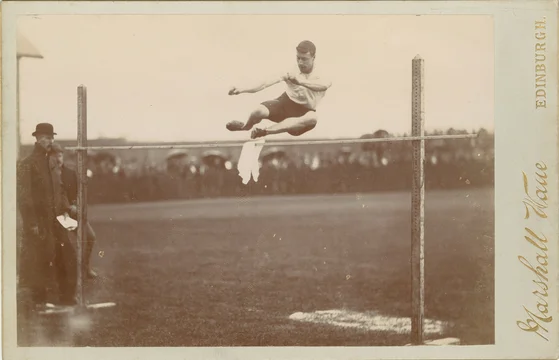
Yesterday, the Court denied three Daubert motions in a short pretrial order in the lead up to a bench trial in a patent action, citing the Third Circuit's conclusion that Daubert motions in a bench trial may waste judicial time, and also noting that the issues are better addressed the judge in context at trial:
WHEREAS, “[w]hen the role of the gatekeeper to admit or exclude evidence (the judge) and the role of the factfinder to assess and weigh the evidence . . . (the jury) are one and the same, the judge who becomes the factfinder as well as the gatekeeper . . . should not be required to waste judicial time.” In re Unisys, 173 F.3d 145, 155–58 (3d Cir. 1999).
WHEREAS, having reviewed the motions to preclude, the Court has determined that it can better address the issues in context at trial when the Court can hear testimony and better understand the bases for the experts’ opinions;
. . .
THEREFORE, IT IS HEREBY ORDERED that
1) the motions to preclude (D.I. 222, 223, 224) are DENIED with leave to renew during trial to the extent appropriate. . . .
The Court also suggested that the parties could present their evidence at trial and then, potentially, re-raise the issues afterwards if permitted:
[A]t trial, the parties may submit and test contested expert testimony. The parties may then reraise their respective Daubert motions at or after trial, with the Court’s permission.
Just something to keep in mind if you're considering Daubert motion practice in a bench trial.
If you enjoyed this post, consider subscribing to receive free e-mail updates about new posts.



